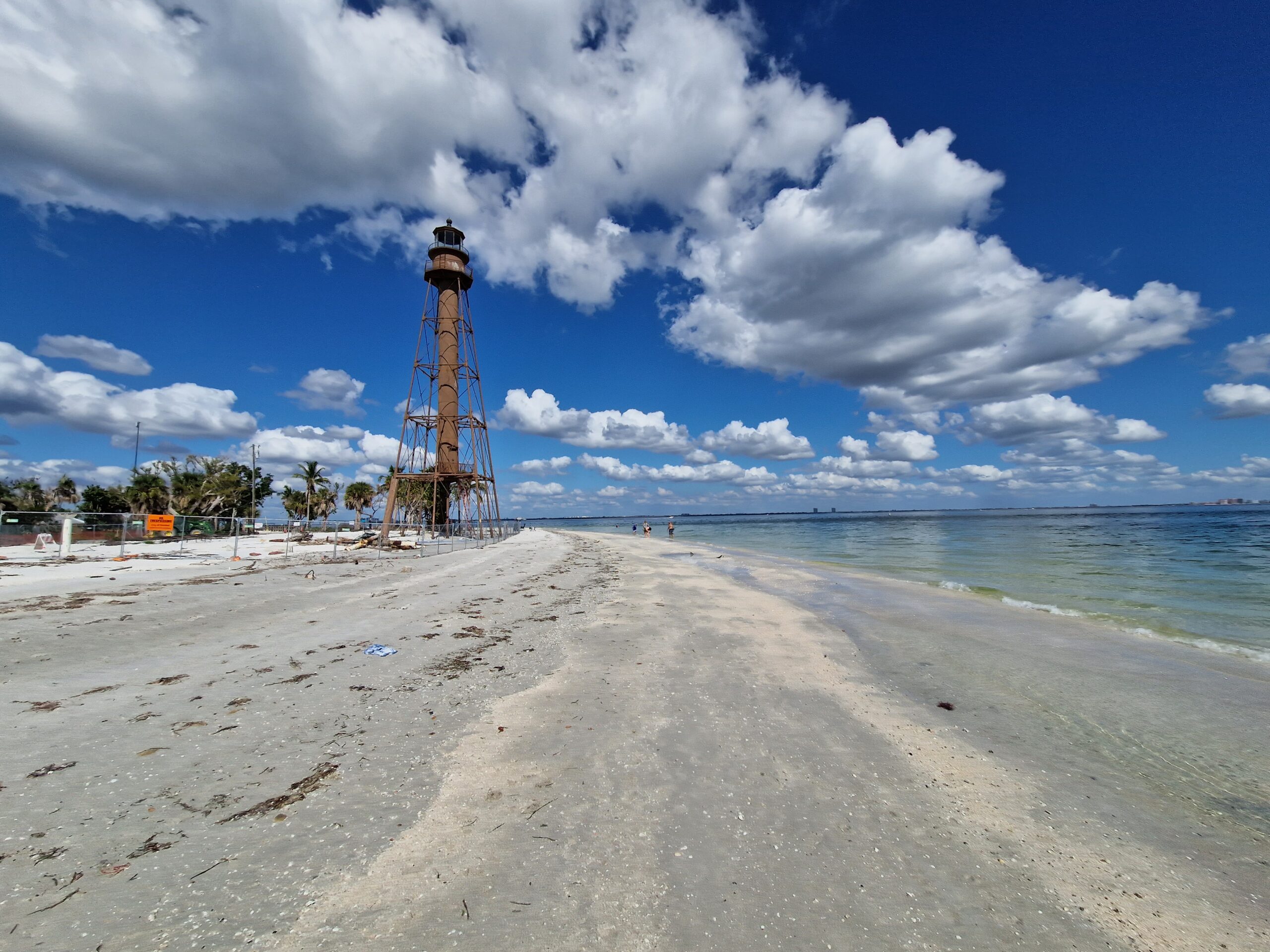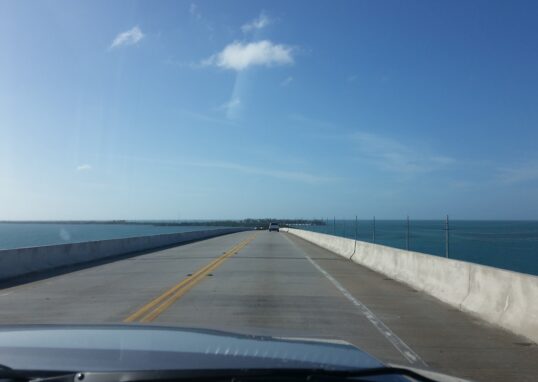
The history of Florida is rich and diverse, spanning thousands of years before European colonization to its development into a modern state. Here’s an overview:
- Pre-Columbian Era: Florida was inhabited by various indigenous peoples for thousands of years before the arrival of Europeans. The earliest known inhabitants were Paleo-Indians who settled in the area around 14,000 years ago. Over time, different Native American cultures developed, including the Timucua, Apalachee, Calusa, and Tequesta peoples.
- European Exploration and Colonization: Spanish explorer Juan Ponce de León is credited with being the first European to reach Florida in 1513. He named it ”La Florida” (”land of flowers”) and claimed it for Spain. Several Spanish expeditions followed, including those led by Hernando de Soto and Pedro Menéndez de Avilés. These explorers encountered various Native American groups and established settlements, including St. Augustine in 1565, the oldest continuously inhabited European-established settlement in the continental United States.
- Colonial Period: Florida remained under Spanish control until 1763 when it was ceded to the British in exchange for Havana following the Seven Years’ War. During this period, Florida experienced rapid growth in its British colonies, but it was returned to Spain in 1783 following the American Revolutionary War.
- Territorial Period: In 1821, Spain ceded Florida to the United States, and it became a U.S. territory. This led to an influx of American settlers, conflicts with Native American tribes, and the forced relocation of many Native peoples, such as the Seminole.
- Statehood and Growth: Florida became the 27th state of the United States in 1845. Throughout the 19th century, Florida’s economy relied heavily on agriculture, particularly cotton, citrus, and sugar cane. The state also saw rapid population growth and development, particularly in cities like Miami, Tampa, and Jacksonville.
- Civil War and Reconstruction: During the American Civil War, Florida seceded from the Union and joined the Confederacy. It played a significant role in the war due to its strategic location and resources. After the Civil War, Florida went through a period of Reconstruction, which saw political and social upheaval.
- 20th Century: The early 20th century saw the rise of tourism as a major industry in Florida, driven by the development of railroads and the promotion of its warm climate and natural attractions. The construction of the Overseas Railroad and later the Overseas Highway connected the Florida Keys to the mainland, further boosting tourism. Florida also experienced rapid population growth and urbanization during this time.
- Modern Era: In the latter half of the 20th century, Florida continued to grow economically and demographically. The state became a hub for aerospace and defense industries, particularly around Cape Canaveral and the Kennedy Space Center. The Cuban Revolution in 1959 led to an influx of Cuban immigrants, shaping the cultural landscape of cities like Miami. Today, Florida is known for its diverse population, tourism industry, and economic significance.






